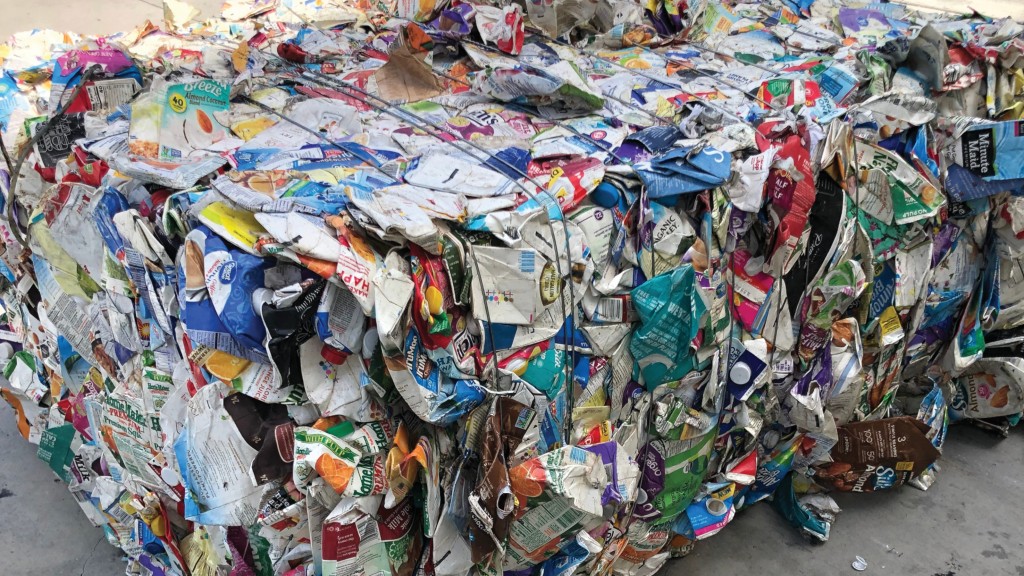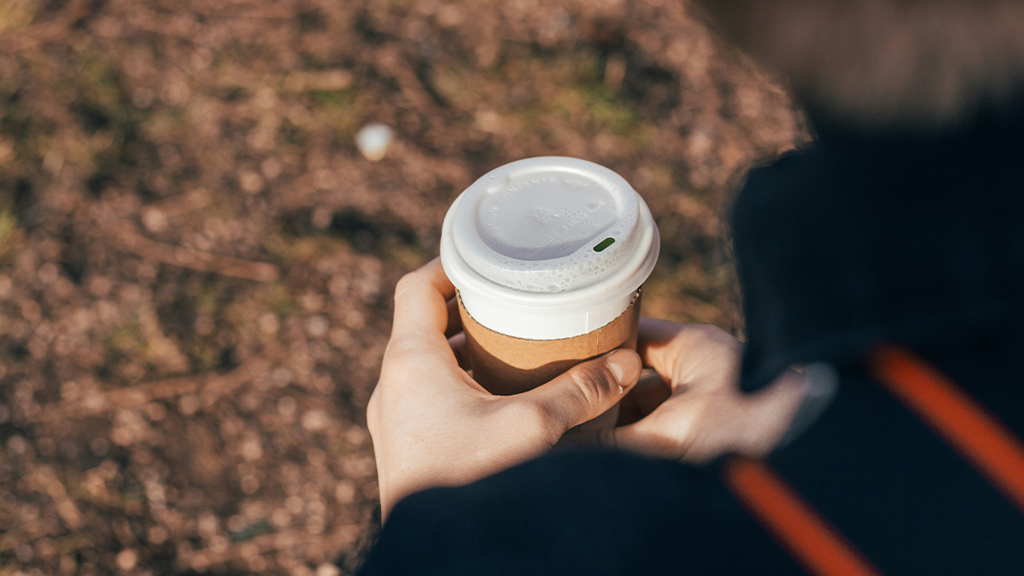Better organization and clear messaging key to boosting carton recycling in schools
Recent pilot project in Quebec suggests it would not take a lot to significantly improve recycling of beverage and drink containers

It wouldn't necessarily take a lot to considerably increase the recycling of beverage and food containers, including cartons, in schools. Every year, elementary and high school students in Canada consume tens of millions of individual milk cartons and drink boxes, as well as huge quantities of other types of containers. Unfortunately, schools often have a poor record of recovering and recycling them. Many don't realize that these containers can be recycled just like paper.
Solutions to this issue need to be found. Happily, a recently completed pilot project in the Québec City area shows us that with a bit of organization and communication, we can make substantial progress on this front.
This pilot project, whose report was submitted last month, took place during the 2018-2019 school year at the initiative of the Communauté métropolitaine de Québec (Québec City metropolitan community), with the support of Recyc-Québec (the province of Québec's government recycling corporation) and the Carton Council of Canada. The non-profit organization Quebec'ERE and the environmental consulting firm Chamard also contributed their expertise. This project focused on all food and beverage containers, including cartons.
The study was conducted in six elementary and four high schools in the Québec City area. In six of these schools, a passive intervention method was used; a more active method was used in the others. The passive method consisted of installing posters (different posters for elementary and high schools; see the photo) and recycling bins for the containers in strategic locations.
The posters clearly stated that it was not necessary to rinse the containers, only to empty them, before placing them in the bins. This belief in the need to wash containers had previously been identified as a disincentive to recycling. In addition to the posters, the active method included presentations and a contest to raise awareness and increase student and staff engagement.
At the end of the pilot project, there was an average increase of 33.7% in the container recovery rate for the active method and 22.9% for the passive method. The same trajectory was seen for cartons, with an overall increase of 33.2%. In addition, there was no significant contamination of the recovered material by beverage or food waste, indicating that the directive that it was necessary only to empty the containers was enough to ensure their recyclability. Although the active method produced better results, the outcome of the less complex passive method was also encouraging.
Interestingly—but not necessarily surprisingly—the elementary schools performed better than the high schools. I attribute this difference to the greater supervision in elementary schools, especially at meal and snack times. This difference could suggest a need for more support at the high school level, possibly through the creation of "green teams" composed of students and faculty members. For those who may be interested, EcoSchools Canada, with which we are also collaborating, has tips for organizing such teams on its website.
Among the results of this study, I am particularly pleased with the fact that the directive that the containers be completely emptied but not rinsed seems to have encouraged their recovery, while in no way hindering their recycling. Any school that wishes to improve its container recycling performance would certainly benefit from keeping this in mind.
The full report on the pilot project (in French) can be downloaded here.
This article was originally published as a blog by Isabelle Faucher.



